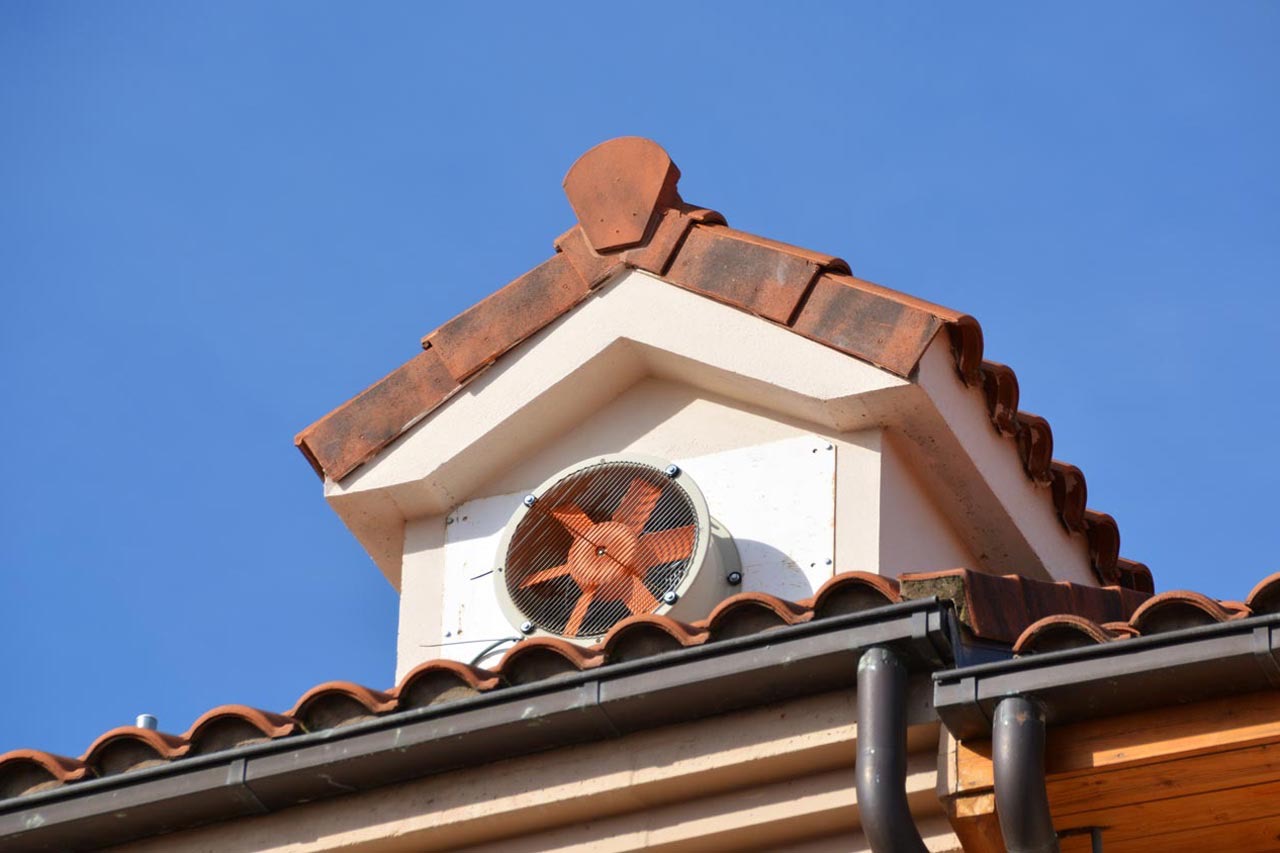

Articles
Who Repairs Attic Fans
Modified: April 22, 2024
Looking for articles on who repairs attic fans? Find valuable information and expert tips on repairing attic fans at [website name].
(Many of the links in this article redirect to a specific reviewed product. Your purchase of these products through affiliate links helps to generate commission for Storables.com, at no extra cost. Learn more)
Introduction
Welcome to our comprehensive guide on attic fan repairs! In this article, we will explore the importance of maintaining your attic fan and provide tips and tricks for finding the right professional repair service or taking matters into your own hands. Attic fans play a crucial role in ventilating your attic and keeping it cool, which in turn helps to regulate the temperature of your home. However, like any other appliance, attic fans can experience wear and tear over time, leading to malfunctions and reduced efficiency.
Understanding how attic fans work and recognizing the signs of a malfunctioning fan are vital in order to ensure optimal performance and prevent further damage. Whether you are experiencing issues with your attic fan or want to stay proactive with its maintenance, this guide will provide you with the knowledge and resources you need.
Regular maintenance and timely repairs for your attic fan can extend its lifespan and improve energy efficiency, ultimately saving you money on cooling costs. By addressing any issues promptly, you can prevent potential damage to your attic and the integrity of your home’s structure, as well as safeguard against potential mold and mildew growth.
In the following sections, we will delve into the key aspects of attic fan repairs, including the signs that indicate the need for repairs, tips for finding a reliable repair service, and DIY troubleshooting techniques. Whether you are a homeowner or a landlord, this guide will equip you with the essential knowledge to effectively maintain and repair your attic fan.
Without further ado, let’s begin the journey of exploring attic fan repairs and ensuring the longevity and efficiency of this valuable component in your home’s ventilation system.
Key Takeaways:
- Regular maintenance of attic fans is crucial for improved energy efficiency, extended lifespan, and prevention of damage and health issues, ultimately contributing to a comfortable and healthy home environment.
- When seeking attic fan repairs, consider professional services with experience, positive reviews, proper licensing, and warranties. DIY troubleshooting can address minor issues, but complex repairs should be left to experts.
Read also: 15 Amazing Attic Fan for 2024
Understanding Attic Fans
Attic fans, also known as attic ventilators, are essential components of a well-functioning home ventilation system. They are installed in the attic to regulate the temperature and moisture levels, preventing the buildup of heat and humidity that can lead to various issues such as mold growth, roof damage, and reduced energy efficiency.
There are two main types of attic fans: roof-mounted attic fans and gable-mounted attic fans. Roof-mounted fans are installed directly on the roof, while gable-mounted fans are located on the gable end of the attic. Both types work by drawing air from the attic and expelling it outside, creating a continuous flow that keeps the attic well-ventilated.
Attic fans are powered by electricity, and some models come with a built-in thermostat or humidity sensor. These features allow the fan to automatically turn on when the temperature or humidity reaches a certain threshold, ensuring that the attic remains at an optimal level.
One of the primary benefits of attic fans is their ability to reduce the overall temperature in your home. By expelling hot air from the attic, attic fans help to alleviate the strain on your air conditioning system, allowing it to cool your home more efficiently. This can result in lower energy bills and a more comfortable living environment during the warm summer months.
In addition to temperature control, attic fans also help to remove excess moisture from the attic. High levels of humidity can lead to condensation, which can cause mold growth and rotting of wood structures. By ventilating the attic and reducing moisture buildup, attic fans play a crucial role in maintaining a healthy and structurally sound home.
It’s important to note that while attic fans are beneficial, they should be used in conjunction with proper attic insulation. Insulating your attic helps to prevent heat transfer between the attic and the rest of your home, improving energy efficiency and reducing the workload on your cooling system. Combining attic insulation with the operation of attic fans can yield optimal results.
Now that we have a good understanding of attic fans and their purpose, let’s explore why regular maintenance is crucial in order to keep them functioning properly and efficiently.
The Importance of Attic Fan Maintenance
Maintaining your attic fan is essential for its optimal performance and longevity. Regular maintenance not only ensures that the fan functions efficiently but also helps to identify and address any potential issues before they escalate into major problems. Here are some key reasons why attic fan maintenance is so important:
1. Improved Energy Efficiency: A properly maintained attic fan operates more efficiently, helping to reduce energy consumption. When the fan is clean and functioning optimally, it can effectively remove heat and moisture from the attic, allowing your cooling system to work more efficiently and reducing the workload on it. This can result in lower energy bills and contribute to a more sustainable and eco-friendly home.
2. Extended Lifespan: Regular maintenance can significantly extend the lifespan of your attic fan. By cleaning the fan blades, lubricating the moving parts, and ensuring proper ventilation, you can prevent unnecessary strain and wear on the unit. This helps to minimize the risk of breakdowns and the need for costly repairs or replacements.
3. Prevention of Damage: Attic fans play a vital role in preventing damage to your attic and home. By keeping the attic well-ventilated, they reduce the risk of moisture buildup, which can cause rotting of wood structures, mold growth, and even damage to the roof. Regular maintenance ensures that the fan is working properly, effectively protecting your attic and home from potential damage.
4. Prevention of Health Issues: A poorly maintained attic fan can contribute to poor indoor air quality and potential health issues. If the fan is not functioning properly, it may not be adequately removing pollutants, allergens, and stale air from the attic. This can lead to the circulation of contaminated air throughout your home, which can trigger respiratory problems or worsen existing allergies and asthma. Proper maintenance helps to ensure that the fan is effectively ventilating the attic, promoting a healthier living environment.
5. Early Detection of Issues: Regular maintenance provides an opportunity to inspect your attic fan for any signs of wear, damage, or malfunction. By identifying and addressing problems early on, you can prevent them from worsening and potentially causing more extensive damage. Additionally, addressing minor issues promptly can save you from costly repairs or the need for a complete replacement of the attic fan.
It is recommended to schedule routine maintenance for your attic fan at least once a year, ideally before the summer months when the fan will be used more frequently. A professional attic fan technician can perform a comprehensive inspection, clean the fan and its components, and ensure that it is working optimally.
By investing in regular attic fan maintenance, you are not only protecting your investment but also ensuring a comfortable and healthy home environment for you and your family.
Signs Your Attic Fan Needs RepairBeing aware of the signs that indicate your attic fan needs repair can help you address issues promptly and prevent further damage. Here are some common signs that your attic fan may require repair:
1. Unusual Noises: If you notice any strange or loud noises coming from your attic fan, such as grinding, squeaking, or rattling sounds, it could indicate a mechanical problem. These noises can be caused by worn-out bearings, loose components, or a damaged motor. Ignoring these sounds can lead to more significant damage and potential fan failure.
2. Reduced Airflow: An attic fan that is not providing adequate airflow could indicate issues with the motor or fan blades. If you notice that your attic is not cooling down as it should or there are hot spots in certain areas of your home, it may be a sign that the fan is not functioning properly and needs repair.
3. Excessive Heat Buildup: One of the main purposes of an attic fan is to remove hot air from the attic and regulate its temperature. If you notice that your attic feels excessively hot, it could indicate that the fan is not effectively ventilating the space. This could be due to issues with the fan motor, blocked vents, or a malfunctioning thermostat.
4. High Energy Bills: A sudden increase in your energy bills without any significant changes in your home’s cooling needs could be a sign that your attic fan is not operating efficiently. When the fan is not working properly, it puts additional strain on your cooling system, causing it to work harder and consume more energy. This can result in higher monthly energy costs.
5. Fan Not Turning On or Off: If you notice that your attic fan is not turning on or off as it should, there may be electrical issues or problems with the fan’s controls. This could be due to a faulty thermostat, loose wiring, or a malfunctioning switch. A fan that fails to turn on when needed can lead to increased heat buildup and potential damage to your attic and home.
6. Moisture or Mold Issues: If you notice signs of moisture, condensation, or mold in your attic, it could indicate inadequate ventilation from the attic fan. A malfunctioning fan may not be effectively removing moisture from the attic, leading to potential mold growth and structural damage. Addressing these issues promptly is crucial to prevent further damage and preserve the integrity of your home.
7. Excessive Dust or Debris: If you notice a buildup of dust or debris around your attic fan or within the attic itself, it could indicate that the fan is not functioning properly. A properly working fan should help to keep the attic clean and free of debris by creating a continuous flow of air. Excessive dust or debris could be a sign of a clogged or inefficient attic fan.
If you observe any of these signs, it is advisable to contact a professional attic fan repair service to assess the situation and determine the necessary repairs. Ignoring these signs can lead to further damage, decreased efficiency, and potential safety hazards. Timely repairs will not only ensure the proper functioning of your attic fan, but also contribute to the overall health and longevity of your home.
Look for licensed electricians or HVAC technicians who specialize in attic fan repair. Check online reviews and ask for recommendations from friends or neighbors.
Finding a Professional Attic Fan Repair Service
When it comes to attic fan repairs, it’s important to find a reliable and experienced professional to ensure the job is done right. Here are some tips to help you find a reputable attic fan repair service:
1. Ask for Recommendations: Start your search by asking for recommendations from friends, family, or neighbors who have had their attic fans repaired or serviced. Hearing about their experiences and getting personal recommendations can help you narrow down your options and find trustworthy professionals.
2. Research Online: Utilize online resources to research different attic fan repair services in your area. Look for companies with positive reviews and ratings, as well as those that specialize in attic fan repairs or HVAC services. Websites, such as Angie’s List or the Better Business Bureau, can provide valuable insights into the reputation and professionalism of various companies.
3. Check Licensing and Insurance: Ensure that any potential attic fan repair service is properly licensed and insured. This protects you from liability in case of any accidents or damages that may occur during the repair process. Ask for proof of insurance and verify the licensing information with the respective authorities or regulatory bodies in your area.
4. Experience and Expertise: Look for attic fan repair services that have been in business for a significant amount of time. A company with years of experience has likely encountered a wide range of repair issues and can provide effective solutions. Additionally, inquire about the expertise of the technicians and whether they have undergone specific training or certification in attic fan repairs.
5. Request References: Don’t be afraid to ask for references from previous customers. A reputable attic fan repair service should be willing to provide you with references or testimonials from satisfied clients. Reach out to these references to get a better understanding of the quality of service provided and the professionalism of the company.
6. Obtain Multiple Quotes: It’s a good idea to obtain quotes from multiple attic fan repair services to compare prices, services offered, and warranty options. However, be cautious of significantly low-priced estimates, as they may indicate subpar quality or the use of inferior parts. Focus on finding a balance between competitive pricing and quality workmanship.
7. Ask about Guarantees or Warranties: Inquire about any guarantees or warranties offered by the attic fan repair service. A reputable company will stand behind their work and provide guarantees on the repair or replacement parts. This provides you with peace of mind, knowing that the company is confident in the quality of their service.
8. Consider Customer Service: Pay attention to the overall customer service provided by the attic fan repair service. Are they responsive to your inquiries? Do they provide clear and detailed explanations of the repair process? A company that emphasizes good customer service is more likely to prioritize your satisfaction and ensure a positive experience.
By following these tips, you can find a professional and reliable attic fan repair service that will address your needs and ensure the proper functioning of your attic fan. Remember to schedule regular maintenance appointments to keep your attic fan in top condition and avoid costly repairs in the future.
Read more: When To Use An Attic Fan
DIY Attic Fan Repair Tips and Tricks
While it’s always recommended to hire a professional for attic fan repairs, there are some simple troubleshooting steps you can take on your own to potentially address minor issues. Here are some DIY attic fan repair tips and tricks to try before calling in the professionals:
1. Check the Power Supply: Before diving into the troubleshooting process, ensure that the attic fan is receiving power. Check the circuit breaker or fuse box to make sure the circuit is not tripped or blown. If the power supply is intact, move on to the next steps.
2. Clean the Fan and Vents: Over time, dust and debris can accumulate on the fan blades and block the vents, reducing the overall efficiency of the attic fan. Turn off the power supply and use a vacuum or a soft brush to gently clean the fan blades and remove any buildup. Additionally, clear any obstructions from the vents to ensure proper airflow.
3. Lubricate Moving Parts: Attic fans have moving parts that may require lubrication to operate smoothly. Check the fan motor and bearings for signs of wear or stiffness. If necessary, apply a few drops of lubricating oil to the designated points as indicated in the manufacturer’s instructions.
4. Inspect and Replace Worn Parts: Examine the fan belt and pulleys for signs of wear or damage. If the belt is frayed or cracked, it may need to be replaced. Similarly, if the pulleys are loose or damaged, they should be repaired or replaced. Consult the manufacturer’s instructions or seek professional guidance for the correct replacement parts and installation process.
5. Test the Thermostat: If your attic fan is equipped with a thermostat, check if it is working properly. Use a multimeter to test the thermostat for continuity and ensure that it is accurately sensing the temperature. If the thermostat is faulty, it may need to be replaced by a professional.
6. Verify the Wiring: Examine the wiring connections to ensure they are secure and free from damage. Loose or frayed wires can cause the attic fan to malfunction or pose a safety hazard. If you are not experienced in handling electrical work, it’s best to leave this step to a professional electrician.
7. Test the Fan Motor: If none of the above steps resolve the issue, it’s possible that the fan motor itself is faulty. Use a multimeter to test the motor for continuity. If the motor is not functioning, it may need to be replaced by a professional attic fan repair service.
8. Know Your Limitations: It is important to recognize your limitations in attic fan repairs. If the issue is beyond your expertise or requires complex electrical work, it’s best to seek help from a qualified professional. Attempting complex repairs without proper knowledge and experience can lead to further damage or safety hazards.
Remember, DIY attic fan repairs should only be attempted if you have the necessary skills and knowledge. If you are unsure or uncomfortable with the process, it’s always best to consult a professional attic fan repair service. They have the expertise and tools to diagnose and resolve any issues with your attic fan safely and effectively.
Common Attic Fan Repairs
Attic fans, like any other appliance, can experience various issues that require repair. Here are some common attic fan repairs that you may encounter:
1. Motor Replacement: Over time, the motor of an attic fan can wear out or become damaged. Symptoms of a faulty motor include the fan not turning on, slow or weak rotation, or unusual noises. In such cases, the motor may need to be replaced. It’s important to consult a professional attic fan repair service to ensure the correct motor is used and to properly install it.
2. Belt Replacement: If your attic fan has a belt-driven system, the belt may need to be replaced if it becomes worn, cracked, or loose. Signs of a deteriorating belt include slipping, squeaking noises, or the fan not functioning properly. It’s important to use the appropriate size and type of belt recommended by the manufacturer for optimal performance.
3. Fan Blade Repair or Replacement: Damaged or bent fan blades can affect the performance and efficiency of the attic fan. If you notice that the fan blades are misaligned, cracked, or missing, they may need to be repaired or replaced. It’s crucial to ensure that the replacement blades are compatible with your specific attic fan model to maintain proper balance and airflow.
4. Thermostat Repair or Replacement: A malfunctioning thermostat can cause the attic fan to operate incorrectly, leading to temperature imbalances or inadequate ventilation. If the fan is not turning on or off at the desired temperature, or if the temperature reading is inaccurate, the thermostat may need to be repaired or replaced. Professional assistance is recommended to ensure precise calibration and proper installation.
5. Wiring Repairs: In some cases, attic fan issues may be due to faulty or damaged wiring. Loose connections, frayed wires, or electrical shorts can cause the fan to malfunction, fail to turn on, or pose a safety hazard. It’s crucial to hire a professional electrician or attic fan repair service to assess and repair any electrical wiring issues to ensure safety and prevent further damage.
6. Cleaning and Maintenance: Regular cleaning and maintenance are essential to keep your attic fan in optimal condition. Dust, dirt, and debris can accumulate on the fan blades, motor, and vents, reducing airflow and efficiency. Regularly cleaning the fan, lubricating moving parts, and removing any obstructions from the vents can help prevent major issues and ensure the longevity of your attic fan.
7. Vents and Ductwork Repair: The vents and ductwork connected to the attic fan can sometimes become damaged or blocked, hindering proper airflow. Damaged vents or ducts may need to be repaired or replaced, while obstructions or blockages should be cleared to restore proper ventilation. It’s important to inspect and clean the vent and ductwork regularly to ensure optimal performance.
Remember, attic fan repairs can vary depending on the specific model and type of fan. It is recommended to consult a professional attic fan repair service to accurately diagnose the problem and perform the necessary repairs. They have the expertise, tools, and knowledge to address attic fan issues effectively and ensure the continued functionality of your ventilation system.
Conclusion
Attic fans are crucial components of a well-functioning home ventilation system. They help regulate the temperature and moisture levels in the attic, ultimately improving energy efficiency, preventing damage, and promoting a healthy living environment. However, like any other appliance, attic fans can experience issues that require repair or maintenance.
In this comprehensive guide, we have explored the importance of attic fan maintenance and the potential signs that indicate the need for repairs. Regular maintenance, such as cleaning the fan and vents, lubricating moving parts, and verifying the power supply, can significantly enhance the performance and lifespan of your attic fan.
If you encounter more complex issues, it’s essential to consult a professional attic fan repair service. They have the expertise and knowledge to diagnose and address the specific problems with precision and efficiency. Additionally, they can provide recommendations for optimal repairs or replacements to ensure the continued functionality of your attic fan system.
For those who are comfortable with DIY repairs, we have provided some helpful tips and techniques to troubleshoot minor attic fan issues. These DIY methods can be simple steps, such as cleaning the fan, maintaining proper airflow, and inspecting wiring connections. However, it’s important to recognize your limitations and seek professional help for complex repairs or electrical work.
Remember, maintaining and repairing your attic fan not only ensures its optimal performance but also contributes to your overall home comfort, energy efficiency, and prevention of potential damage. By addressing issues promptly and scheduling regular maintenance, you can enjoy a well-ventilated and comfortable living space while prolonging the lifespan of your attic fan.
Whether you choose to hire a professional attic fan repair service or tackle minor repairs on your own, the key is to prioritize the health and functionality of your attic fan system. Don’t neglect regular maintenance and address any signs of malfunction or damage promptly.
With this comprehensive guide in hand, you are well-equipped to navigate the world of attic fan repairs. Maintain your attic fan effectively, and enjoy the benefits of improved energy efficiency, optimal ventilation, and a comfortable home environment.
Frequently Asked Questions about Who Repairs Attic Fans
Was this page helpful?
At Storables.com, we guarantee accurate and reliable information. Our content, validated by Expert Board Contributors, is crafted following stringent Editorial Policies. We're committed to providing you with well-researched, expert-backed insights for all your informational needs.
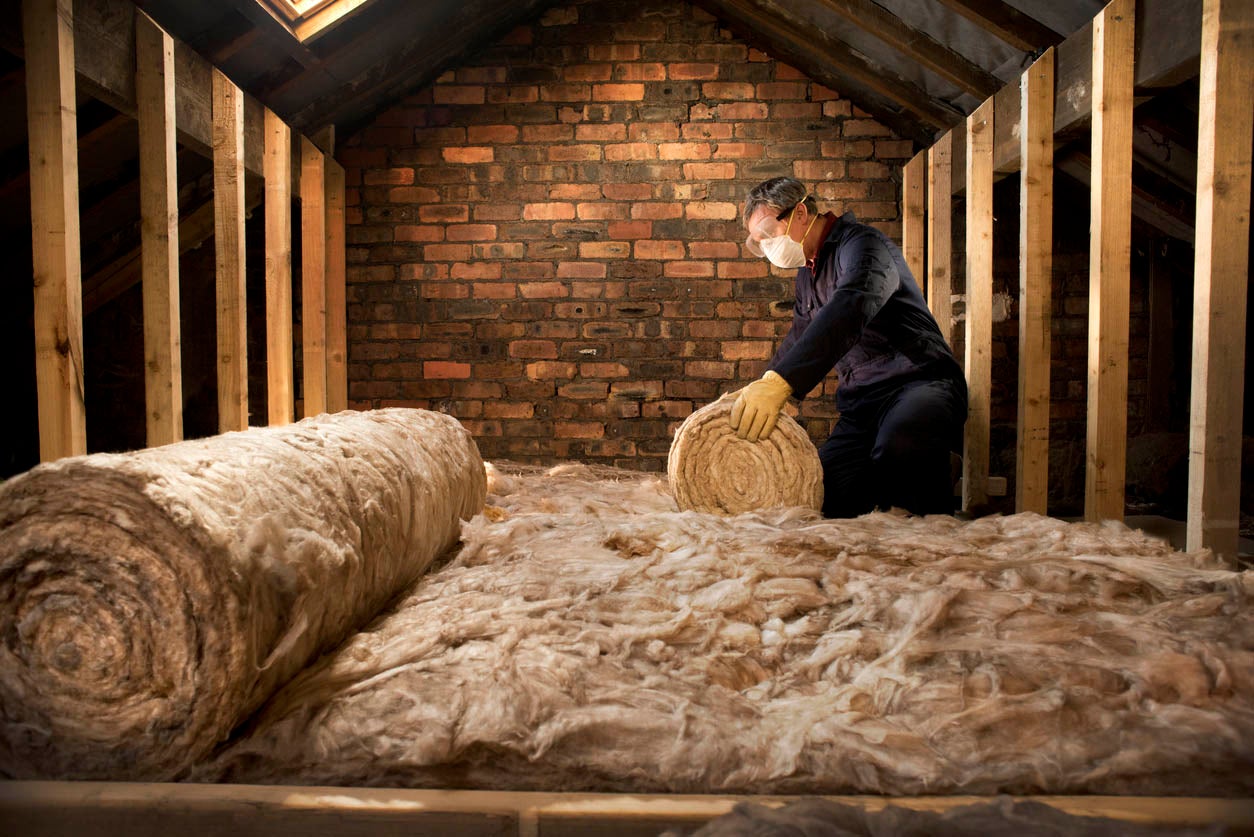
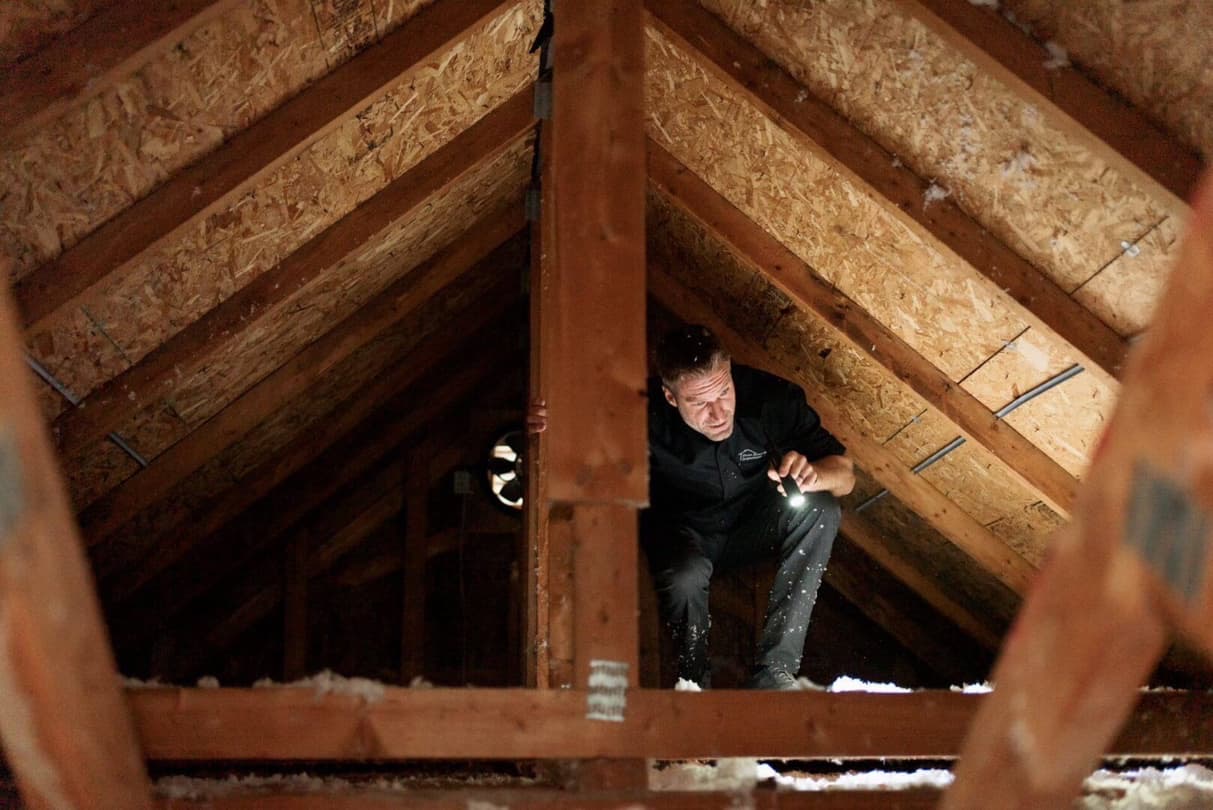
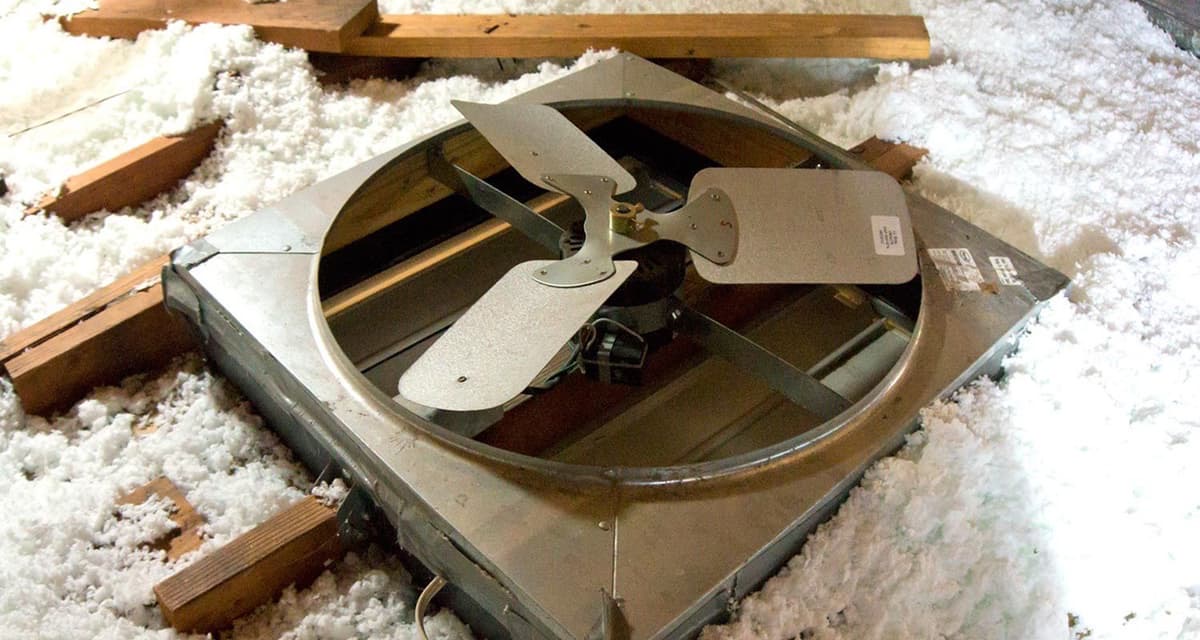
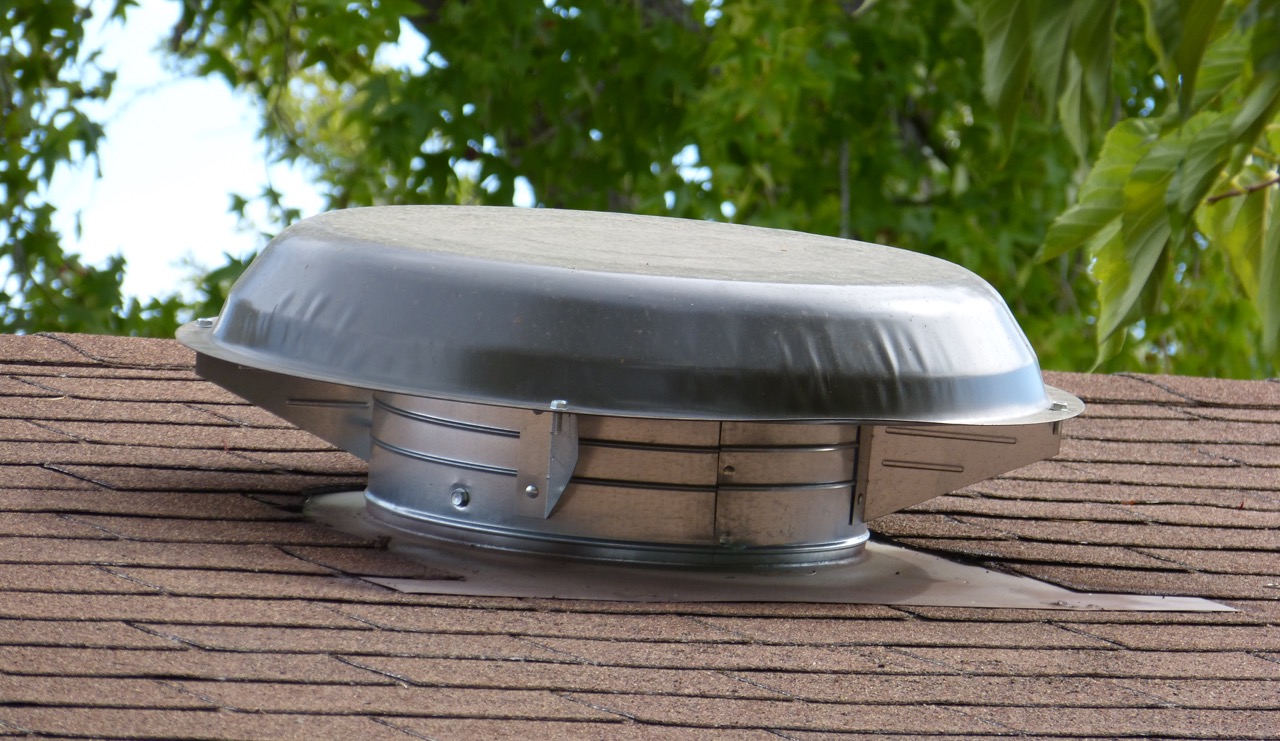
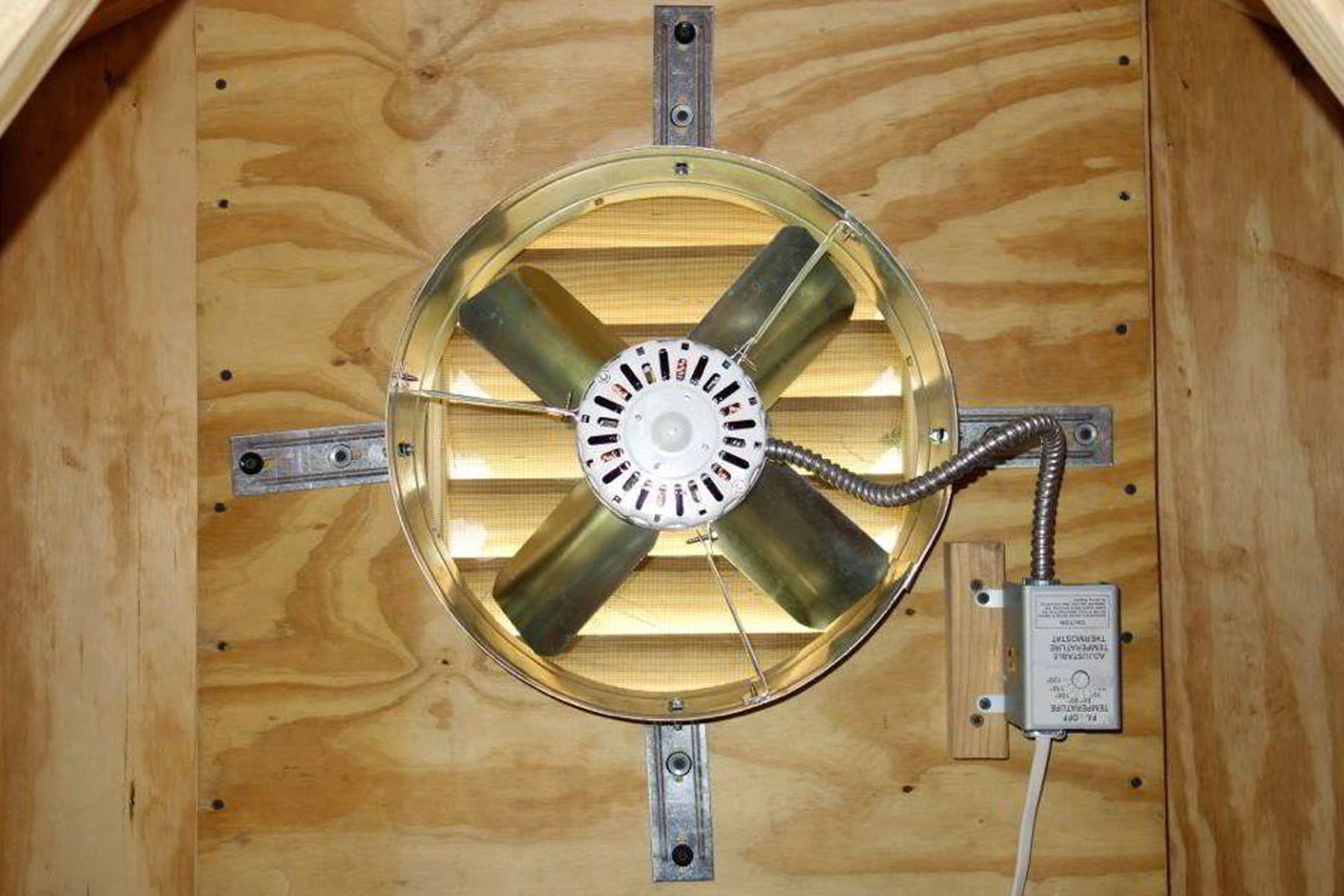
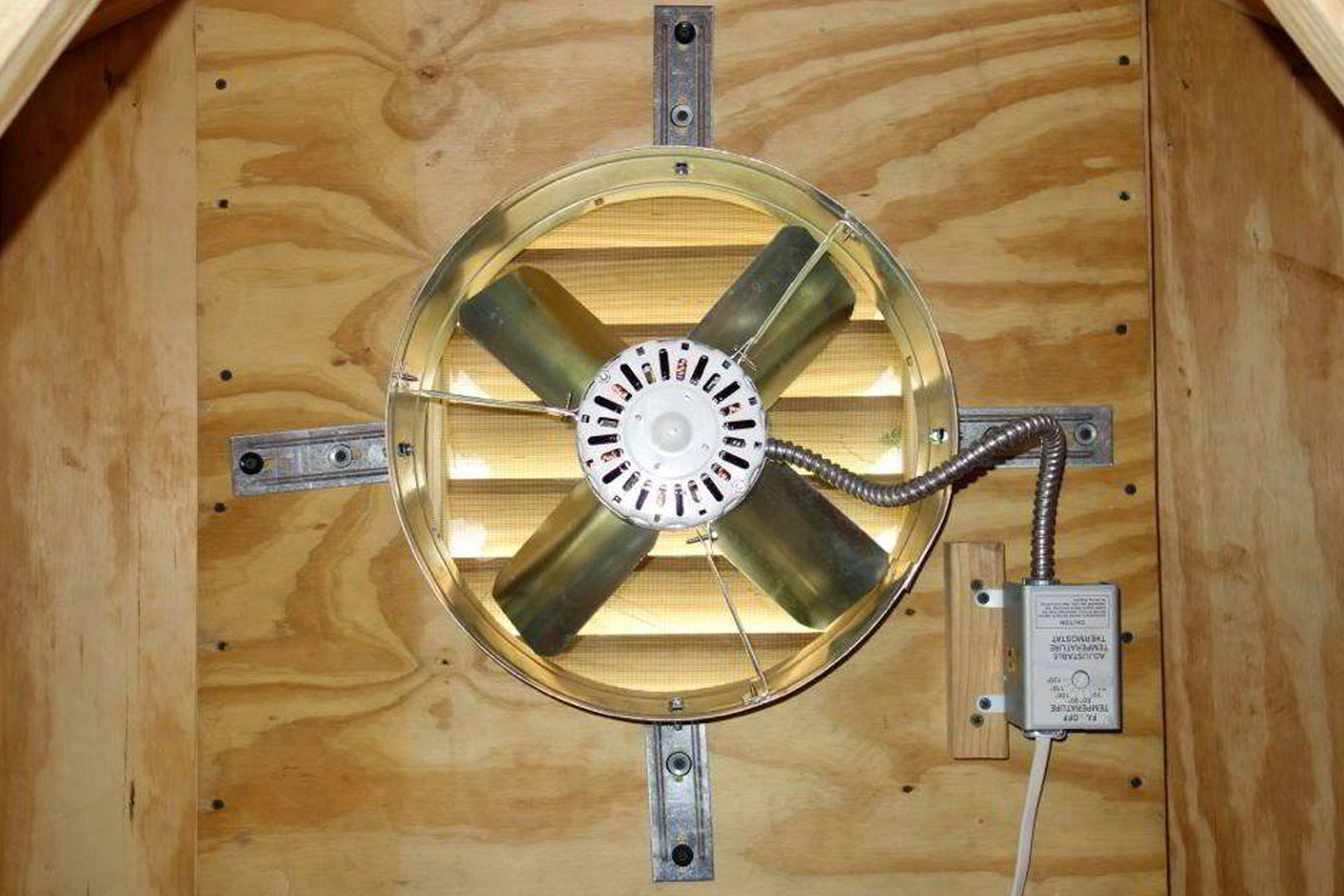
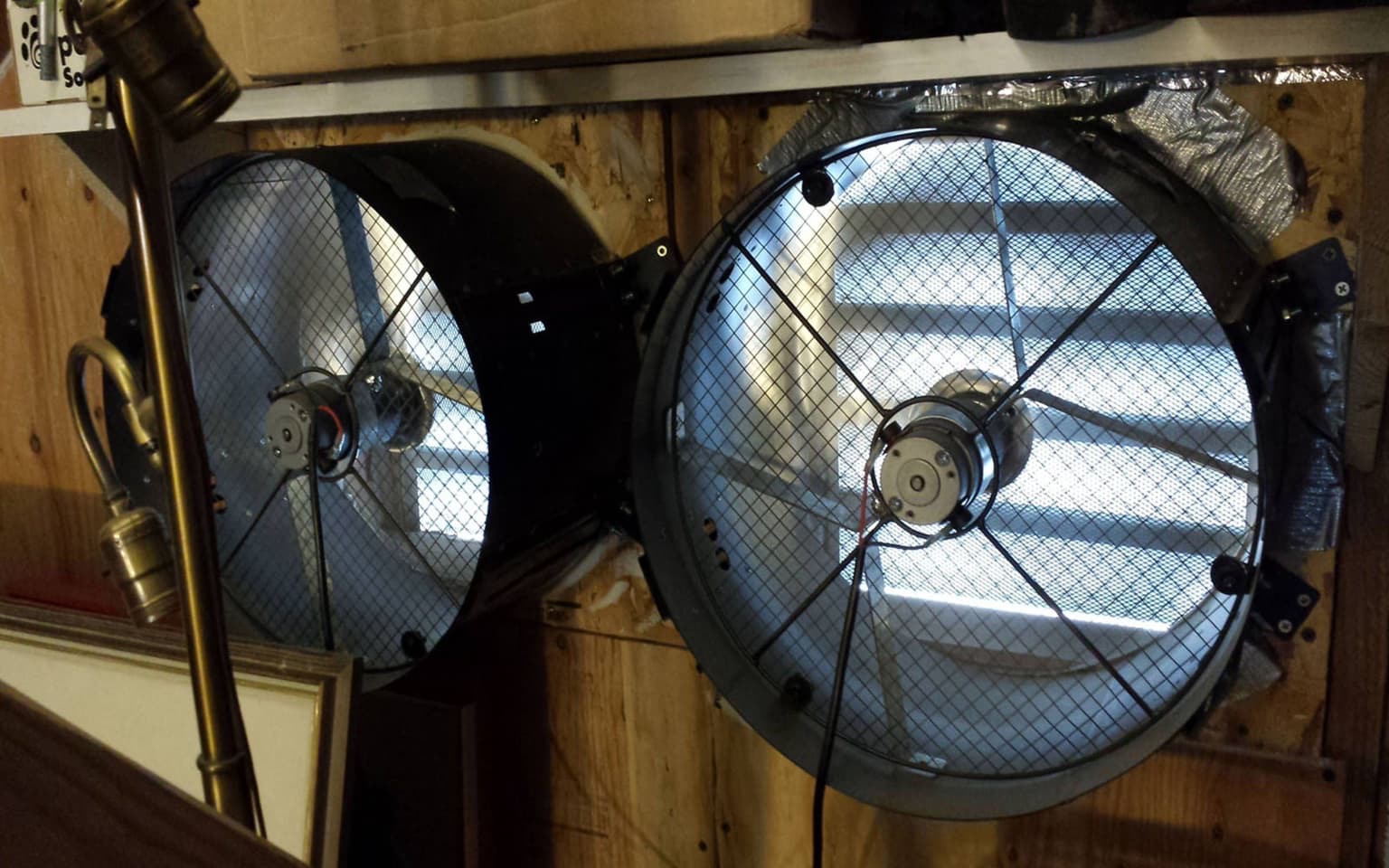
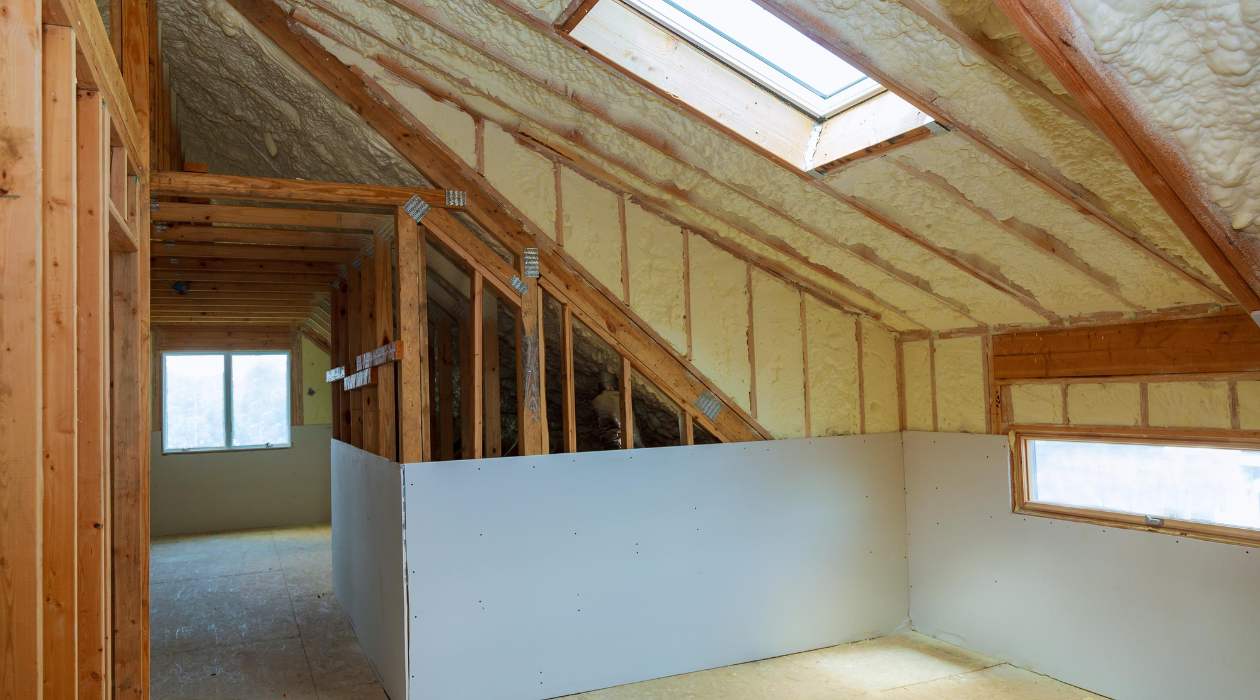
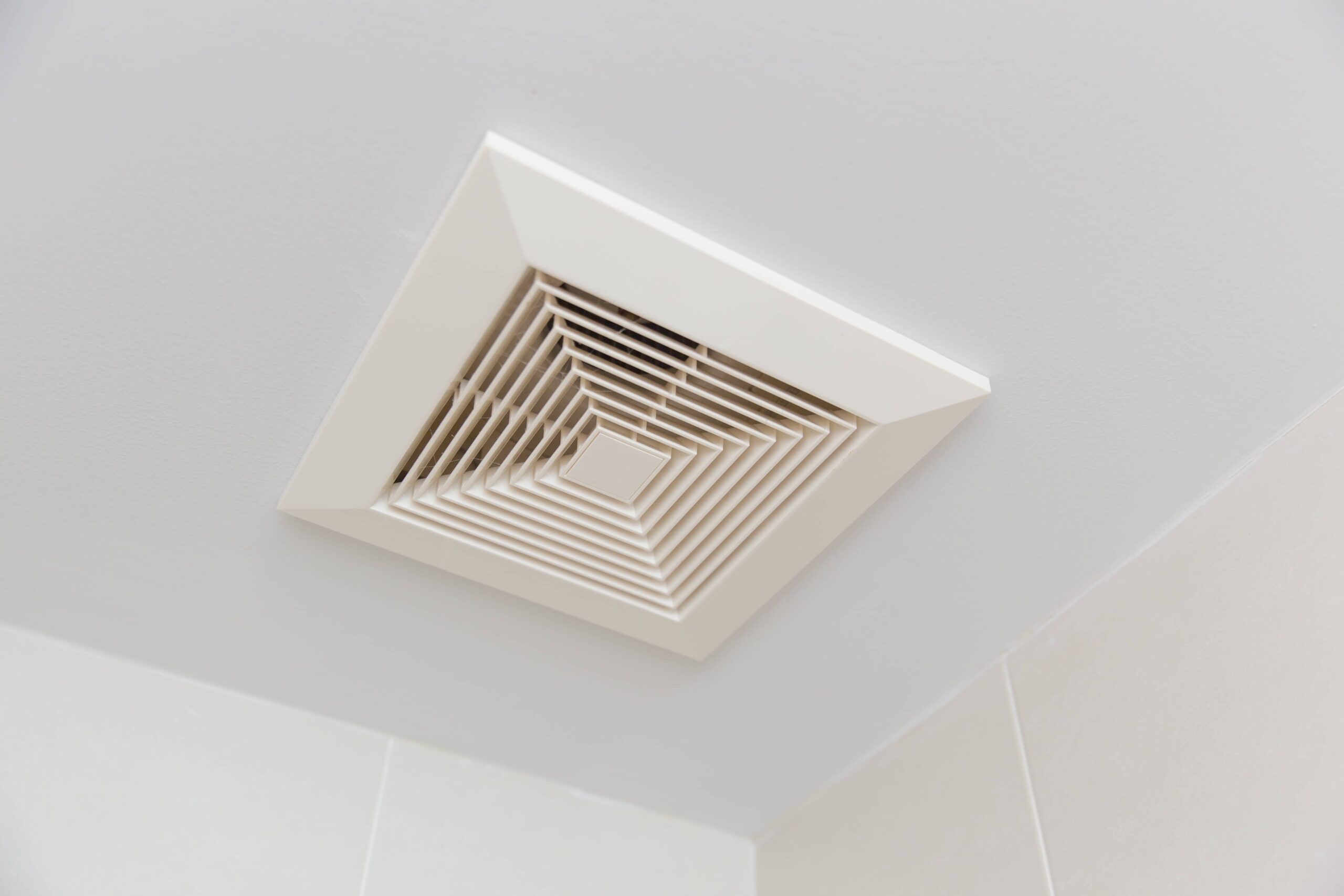
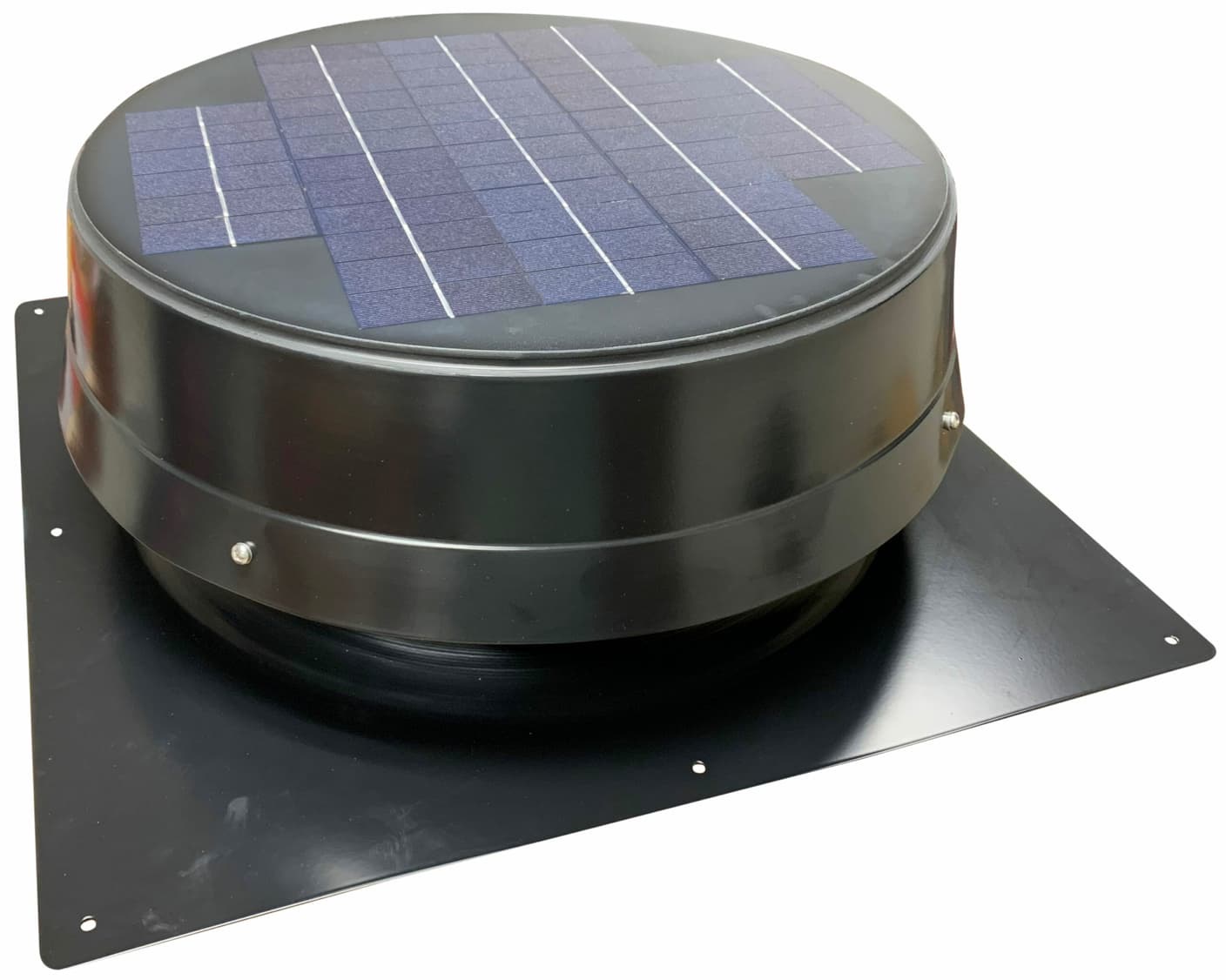
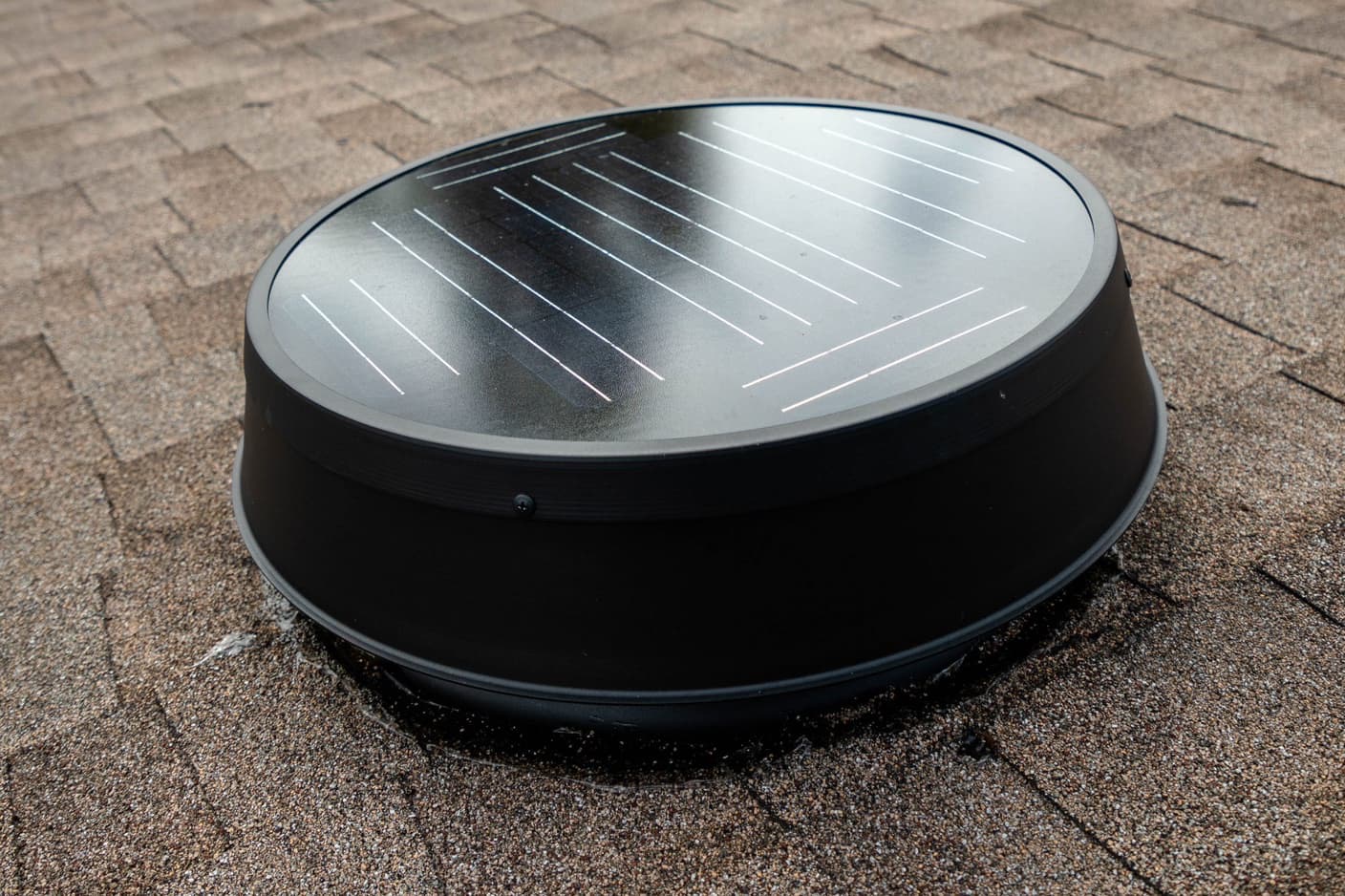
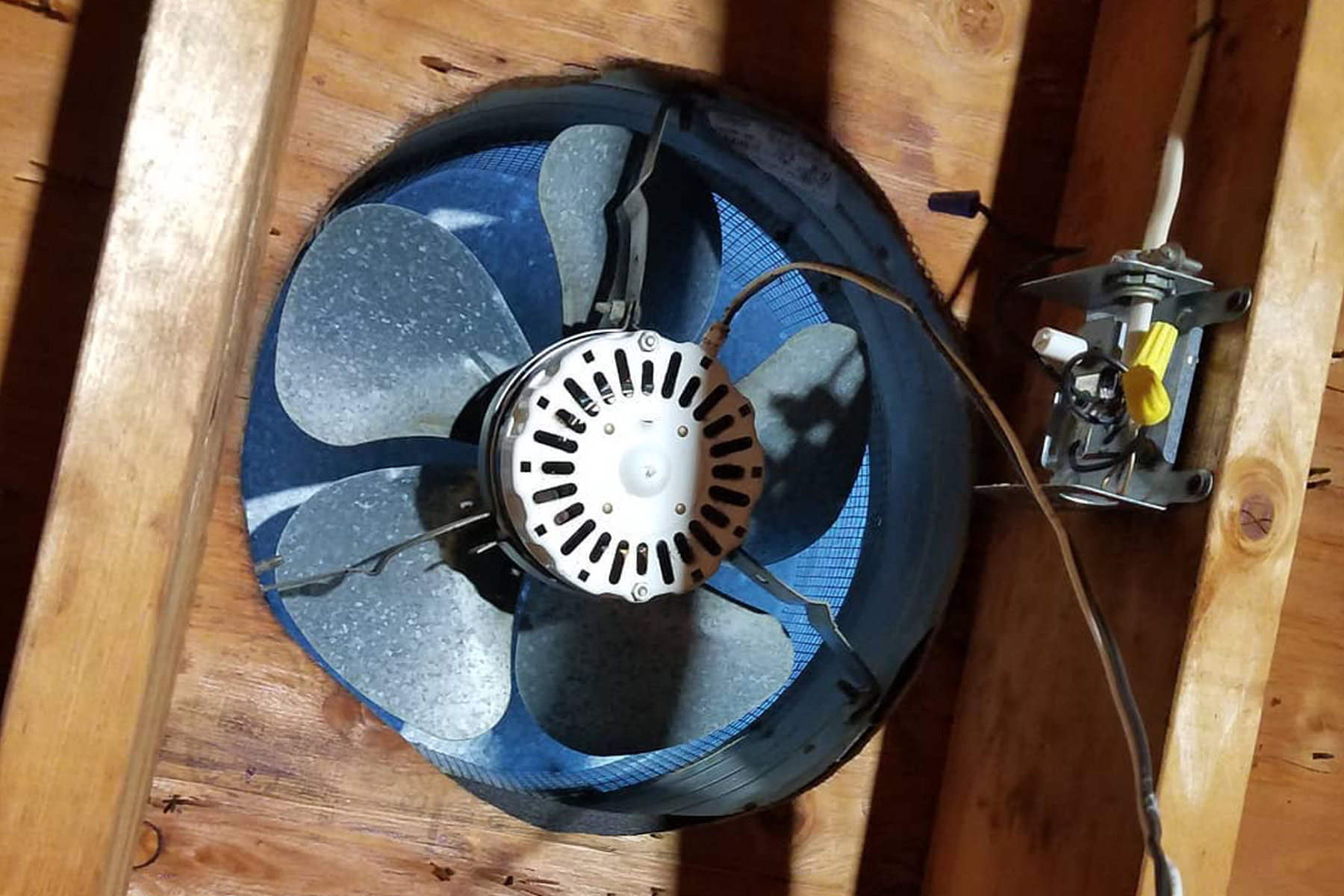
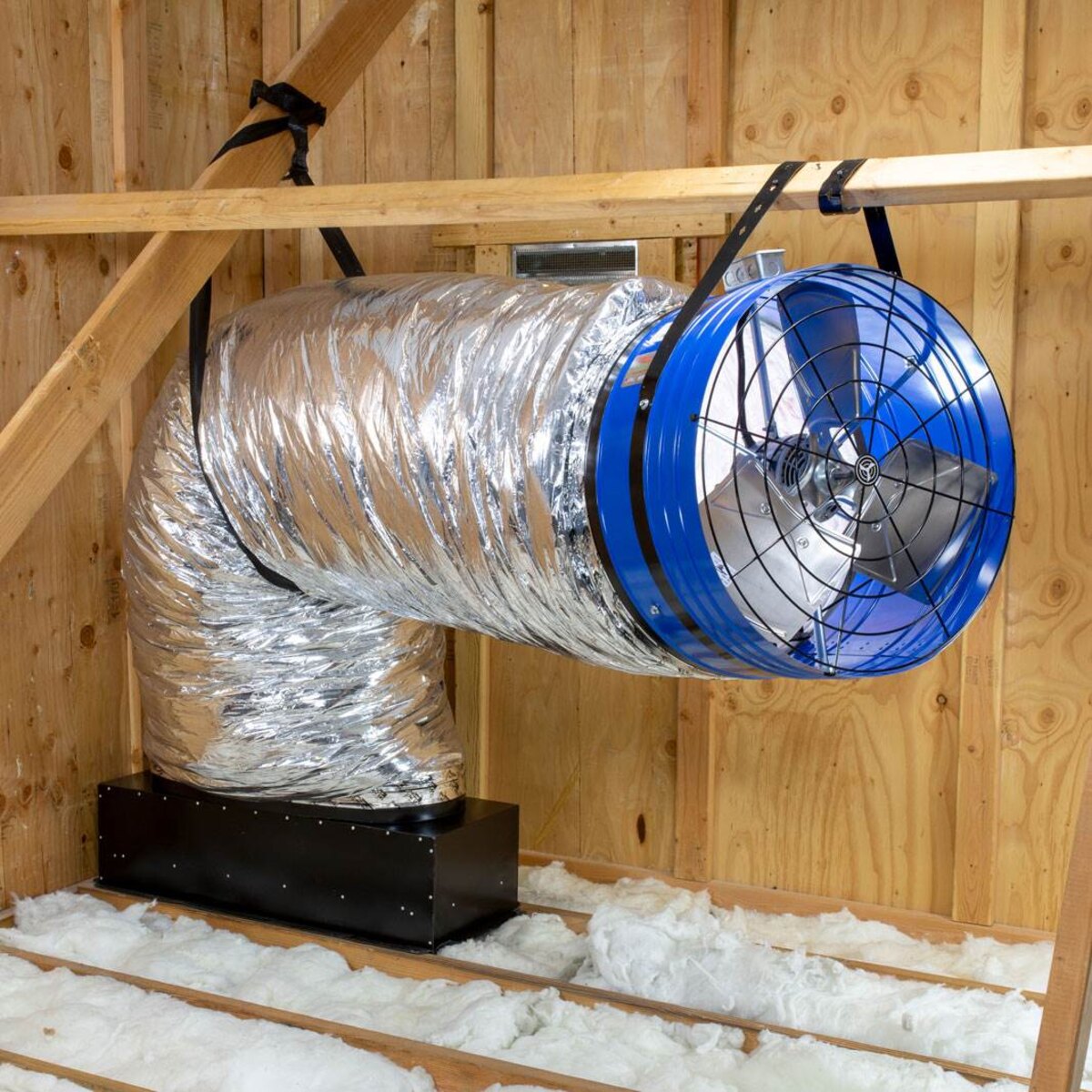
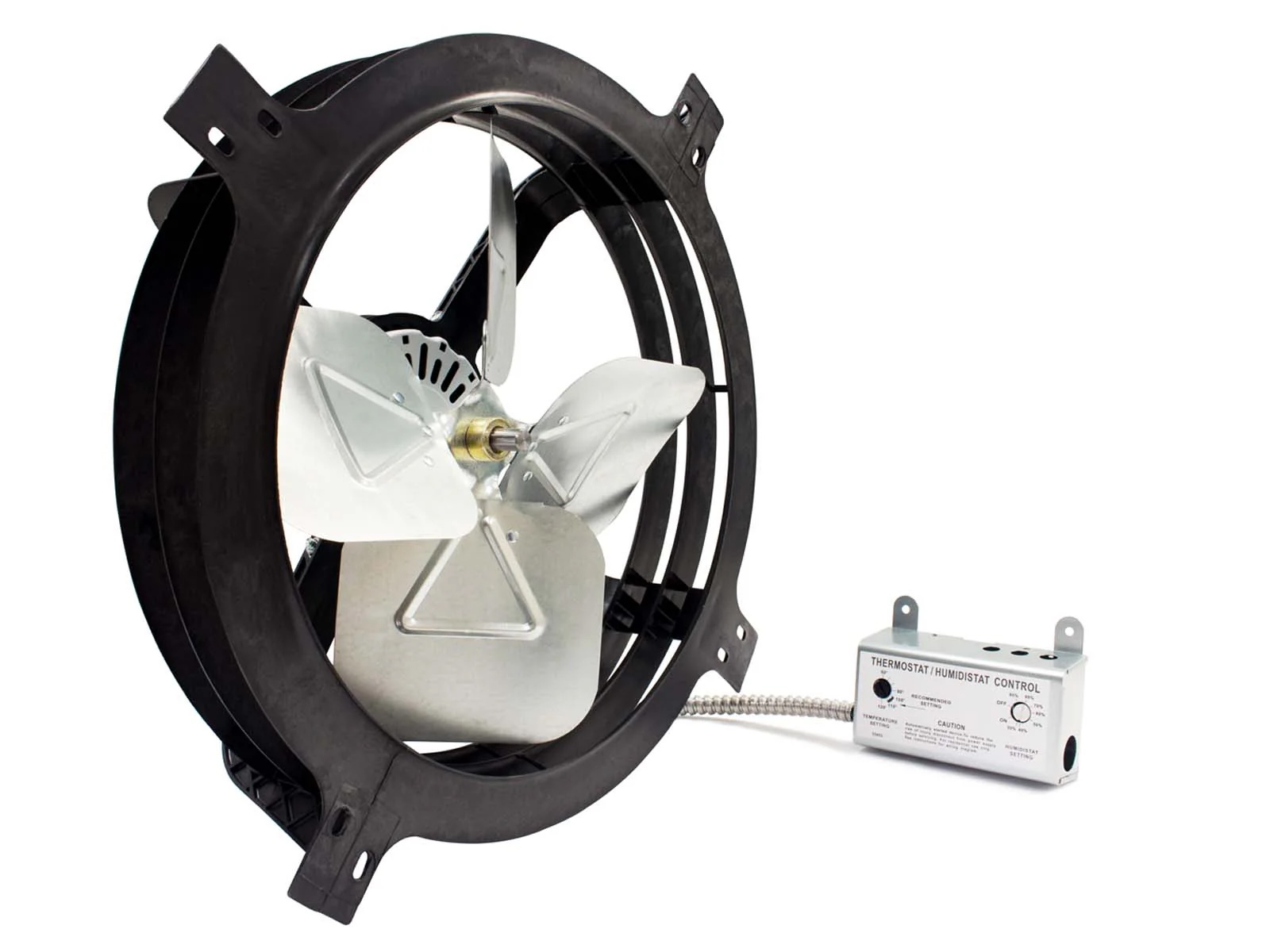

0 thoughts on “Who Repairs Attic Fans”